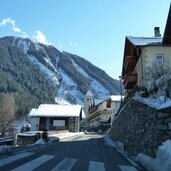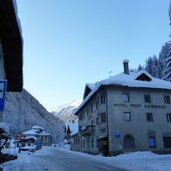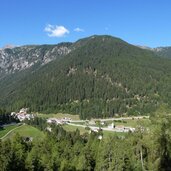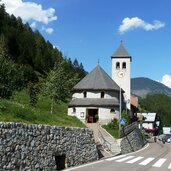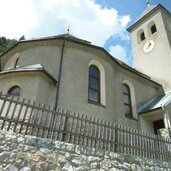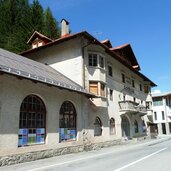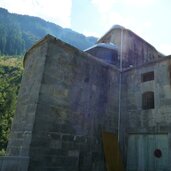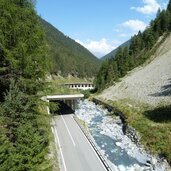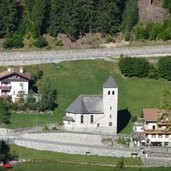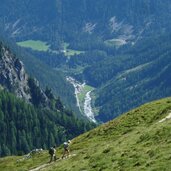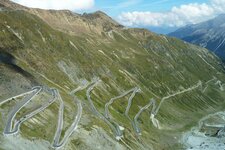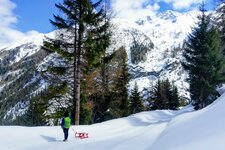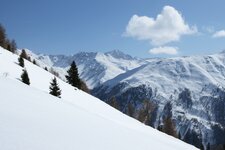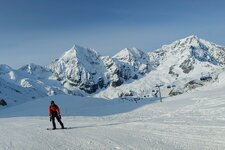Gomagoi is the name of the holiday village for summer retreats at the foot of the Ortles
Image gallery: Gomagoi
The small village of Gomagoi is located where the roads fork: One leads into the Solda Valley, where Solda and its cable cars await at the end of the valley - the other branches off towards the Trafoi Valley and in the direction of the Stelvio Pass Road. Close by, the Rio Trafoi and the Rio Solda converge. The information office and the Gomagoi Volunteer Fire Brigade form the centre of the elongated village. Just outside the village stands the Church of St. Teresa, one of its listed buildings.
Two other buildings are worth a stop: the century-old Hotel Post, built in a traditional style, and the stone Gomagoi fort at the end of the village. Indeed, it was Gomagoi's central location that was once strategic for defence. The old fortress, dating from 1860, was part of the defensive system of the Austro-Hungarian Monarchy.
This was intended to repel incursions from Italy over the Stelvio Pass into the Val Venosta. There was no way past this bulwark. It was reactivated during the First World War, although it was already outdated by then. Today, the fortress is a listed monument, a testament to bygone eras and different borderlines. Gomagoi's surroundings are perfect for long hikes in the Stelvio National Park and mountain bike tours. In the village itself, there is a fishing pond.
The main village road is already the Passo dello Stelvio road, which then leads in numerous hairpin bends up to Italy's highest mountain pass. In winter, the road up to the pass is closed from Trafoi and becomes a unique opportunity to experience the legend of the pass on a toboggan ride. The municipal area also includes the Trafoi Skiing Area and the Solda Skiing Area. Skiing is also available on the Stelvio Pass Glacier itself, in this case, during the summer months.


